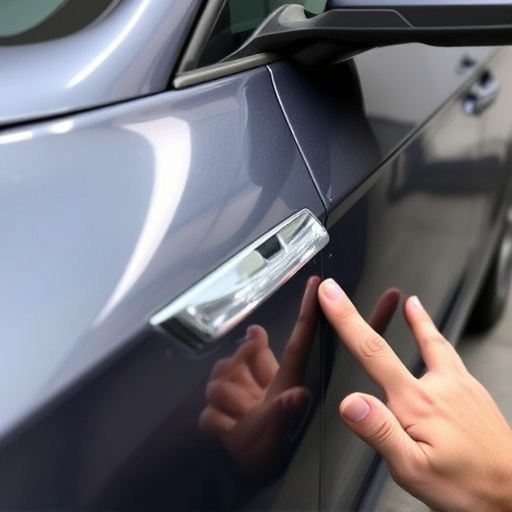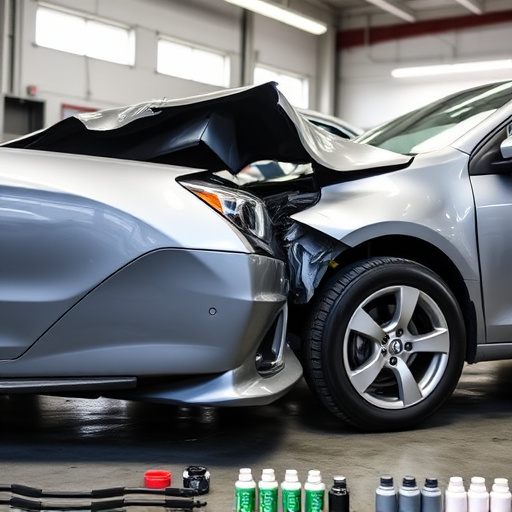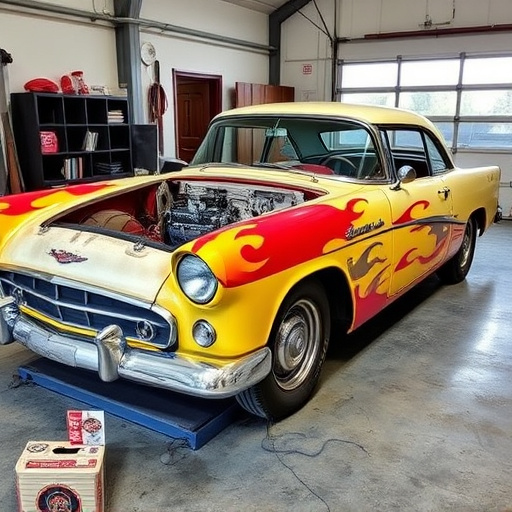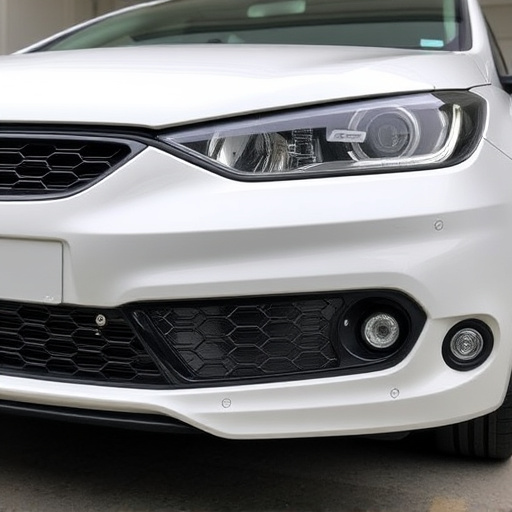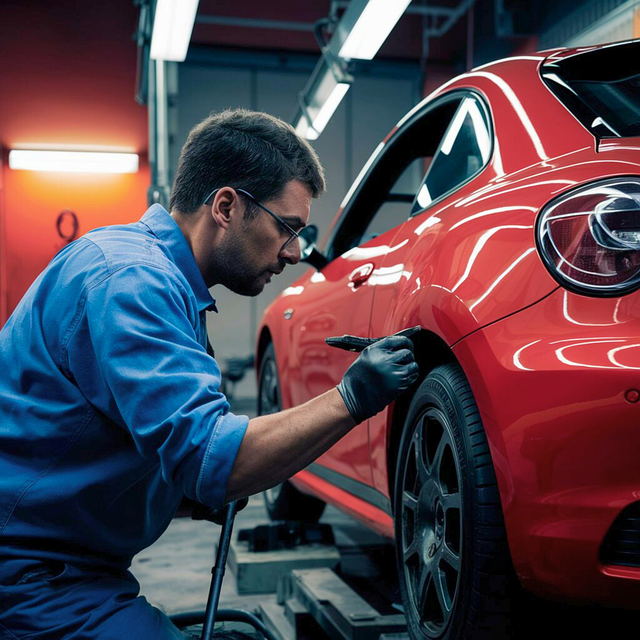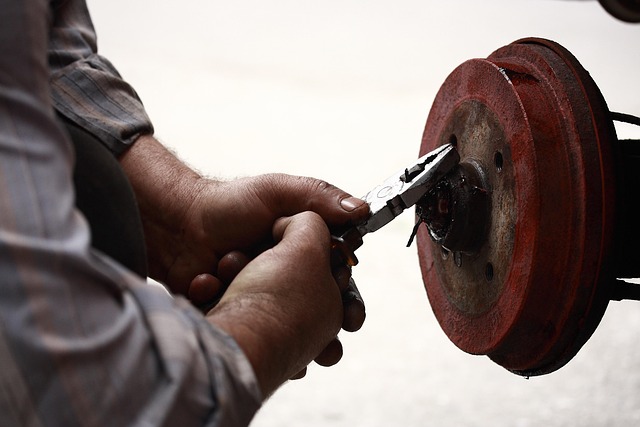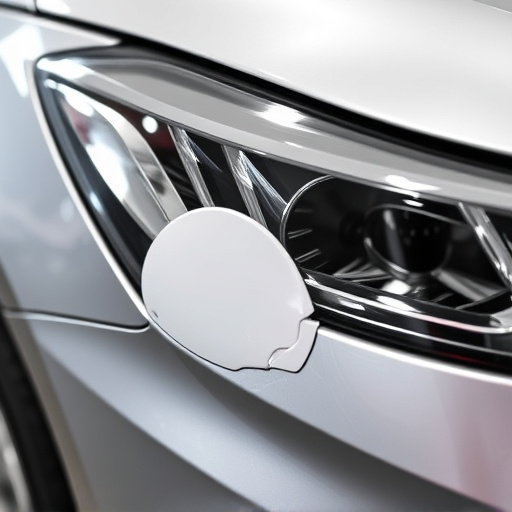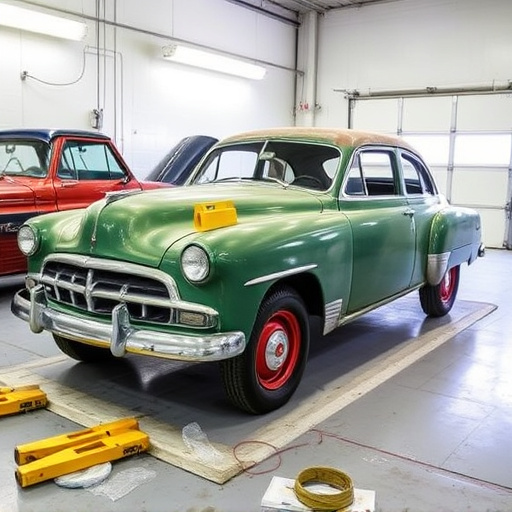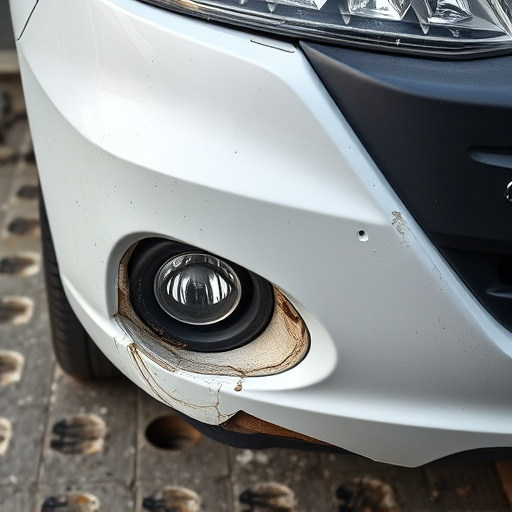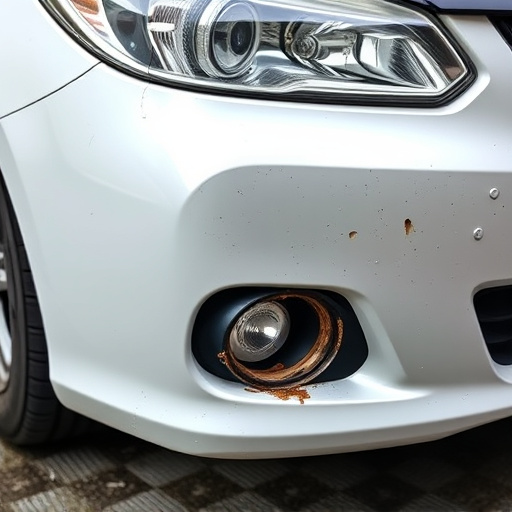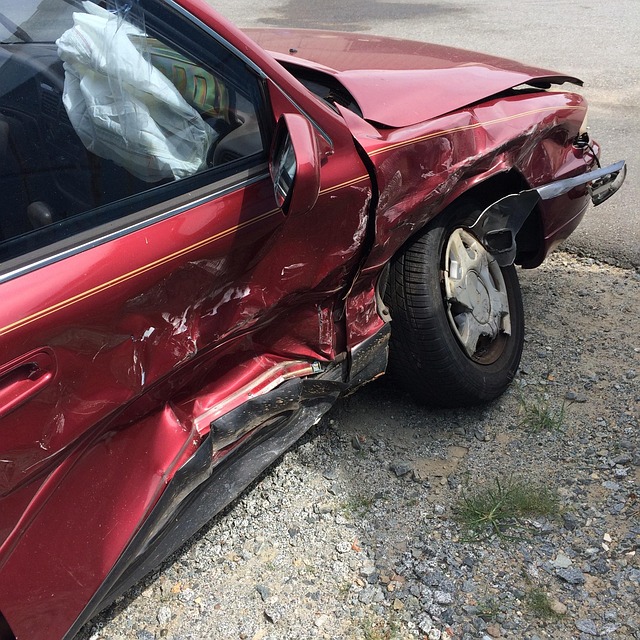Dealerships use structured pricing for dent repair, with fixed packages for minor dents and variable costs for severe cases, factoring in damage complexity, metal type, and skill. Strategic pricing models for collision and auto glass repairs consider labor, materials, overhead, and demand. With increased competition from independent shops offering lower paintless dent repair cost, dealerships are reevaluating their strategies to maintain profitability while staying competitive. The cost of paintless dent repair is influenced by dent size, complexity, location, overhead expenses, and additional services like detailing and paint matching. Customers should consider these factors when comparing paintless dent repair to traditional body shop repairs.
“Unraveling the financial complexities of car dent repairs? This article offers a comprehensive guide to understanding two prominent approaches: dealership pricing models versus independent paintless dent repair (PDR) services. We delve into the nuances of traditional dealership pricing strategies, exploring factors that influence costs. Then, we uncover the PDR process and its cost structure, highlighting its advantages over conventional methods. The heart of this piece lies in a detailed comparison between dealership and independent PDR providers, focusing on pricing, quality, and potential savings to empower informed decisions regarding your car’s dent repairs.”
- Understanding Dealership Pricing Models for Dent Repair
- – Overview of traditional dealership pricing strategies
- – Factors influencing dealership dent repair costs
Understanding Dealership Pricing Models for Dent Repair
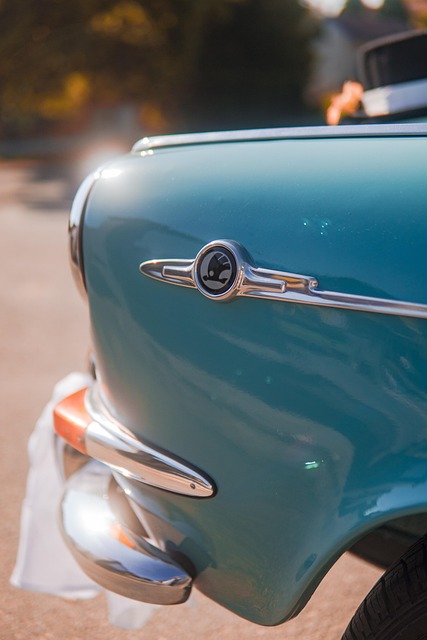
Dealerships often employ a structured pricing model for dent repair services, which can be understood in several ways. Typically, the cost is based on the complexity and extent of the damage to your vehicle’s paintwork. For minor dents, dealerships might offer fixed-price packages that include labor and materials, making it a convenient option for quick fixes. These prices are typically lower compared to independent repair shops as they benefit from economies of scale and streamlined processes.
However, for more severe cases involving deep or intricate dents, frame straightening, or extensive paintwork reconstruction, dealerships often move away from fixed rates. Here, the paintless dent repair cost can vary widely based on factors like the size and shape of the dent, the type of metal used in your vehicle’s body panels, and the level of skill required to restore your car to its pre-damage condition. This dynamic pricing structure ensures that more intricate repairs are charged accordingly, reflecting the time and expertise needed for automotive collision repair.
– Overview of traditional dealership pricing strategies

Dealers often employ strategic pricing models to ensure profitability while offering services like car collision repair and auto glass repair. Traditional dealership pricing strategies typically involve setting rates based on a combination of factors, including labor costs, material expenses, overhead, and perceived customer willingness to pay. These prices are usually displayed openly, providing customers with a clear understanding of the charges for various services, such as paintless dent repair cost.
This approach aims to balance attracting customers with maintaining healthy margins. However, with the rise of independent shops offering paintless dent repair at competitive rates, dealerships are facing increased pressure to justify their pricing structures. Customers now have more options for car damage repair, prompting dealers to reevaluate their strategies to remain competitive in the market while ensuring the sustainability of their business models.
– Factors influencing dealership dent repair costs

Dealership dent repair costs are influenced by several factors that can significantly impact the final price for customers. Firstly, the extent and severity of the dent play a crucial role; larger or more complex dents will generally require more time and specialized techniques to fix, driving up labor costs. The location of the dent on the vehicle body also matters, as some areas might be more challenging to access or repair without affecting other components. Additionally, dealerships often factor in overhead expenses such as rent, equipment maintenance, and staff salaries, which are incorporated into the pricing structure for dent repairs.
Furthermore, dealership pricing may include additional services like detailing and paint matching, ensuring a seamless finish that meets their quality standards. These extra offerings can add to the overall cost but also contribute to a more comprehensive and potentially longer-lasting repair. When considering paintless dent repair costs compared to traditional vehicle body shop repairs, customers should evaluate these factors to make an informed decision tailored to their specific needs and budget.
When comparing dealership pricing with independent paintless dent repair costs, understanding the factors that drive each option is key. Dealerships often have overhead costs and mark up their labor rates, making their prices higher but guaranteeing a full-service experience. Independent shops, on the other hand, typically offer more competitive rates due to lower operational expenses, yet may require additional travel time or wait times for appointments. For those seeking the best value without sacrificing quality, independent paintless dent repair services often provide an excellent alternative, ensuring both cost-effectiveness and efficient repairs.

